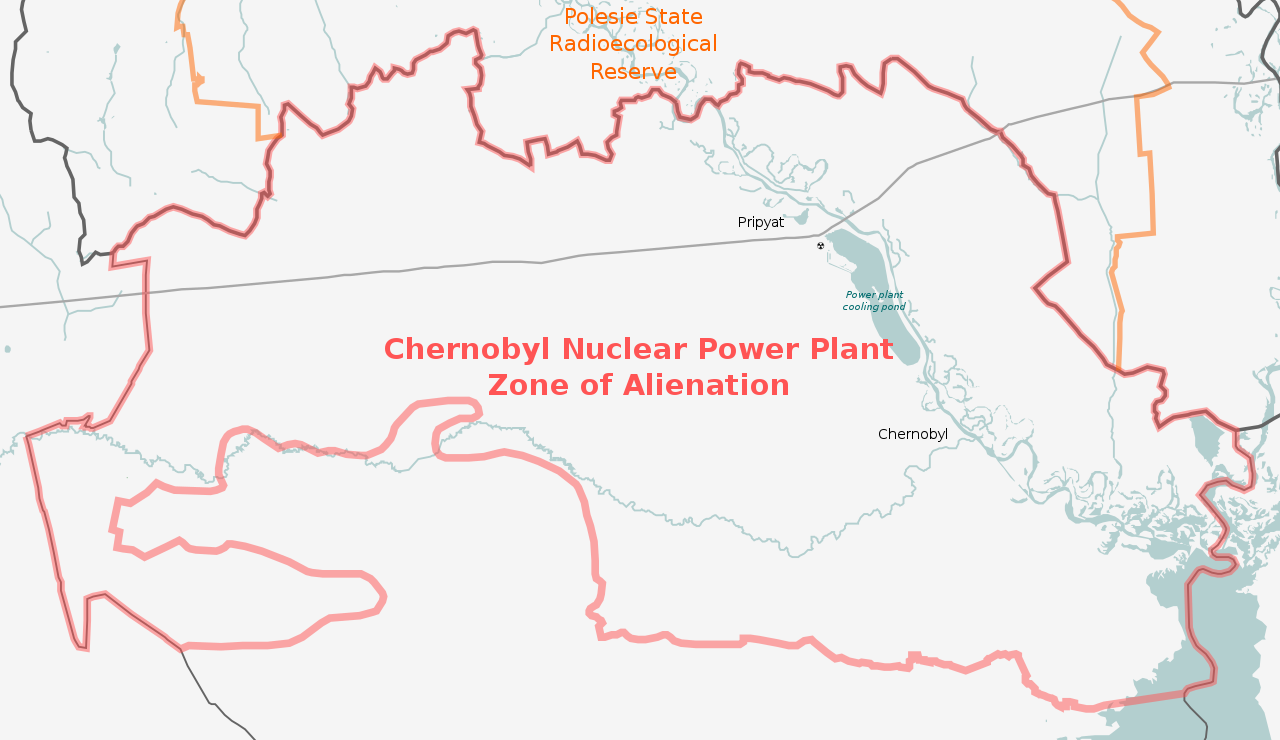Geiger Readings for Mar 11, 2022
Ambient office = 50 nanosieverts per hour
Ambient outside = 108 nanosieverts per hour
Soil exposed to rain water = 104 nanosieverts per hour
Ambient office = 50 nanosieverts per hour
Ambient outside = 108 nanosieverts per hour
Soil exposed to rain water = 104 nanosieverts per hour
Tokamak Energy (TE) in the U.K. recently announced that it has demonstrated a world-first with its privately funded spherical tokamak. They achieved a plasma temperature of two hundred and twelve million degrees Fahrenheit. This is the threshold necessary for commercial nuclear fusion energy.
Ambient office = 43 nanosieverts per hour
Ambient outside = 154 nanosieverts per hour
Soil exposed to rain water = 159 nanosieverts per hour

The Zaporizhzhia Nuclear Power Station (ZNPS) is located near the city of Enerhodar, Ukraine, on the southern shore of the Kakhovka Reservoir on the Dnieper River. It was constructed by the Soviet Union and hosts six VVER-1000 pressurized light water reactors. The reactors are fueled with low enriched uranium, and each generates nine hundred and fifty megawatts.
Japan ruling party to debate contentious nuclear sharing arrangement English.kyodonews.net
Ambient office = 73 nanosieverts per hour
Ambient outside = 129 nanosieverts per hour
Soil exposed to rain water = 126 nanosieverts per hour

Part 2 of 2 Parts (Please read Part 1 first)
Rolls-Royce SMR design accepted for review world-nuclear-news.org
Ambient office = 98 nanosieverts per hour
Ambient outside = 97 nanosieverts per hour
Soil exposed to rain water = 93 nanosieverts per hour

Part 1 of 2 Parts
Ambient office = 89 nanosieverts per hour
Ambient outside = 112 nanosieverts per hour
Soil exposed to rain water = 112 nanosieverts per hour
Ambient office = 77 nanosieverts per hour
Ambient outside = 102 nanosieverts per hour
Soil exposed to rain water = 106 nanosieverts per hour
Ambient office = 87 nanosieverts per hour
Ambient outside = 107 nanosieverts per hour
Soil exposed to rain water = 109 nanosieverts per hour

Part 3 of 3 Parts (Please read Part 1 and 2 first)
There were no accommodations for workers to stay overnight at the Chernobyl plant so they set up a temporary dormitory. Some workers are sleeping on camp beds and tables, others are sleeping on the floor. In order to get some downtime, the workers have arranged shifts so that one group can work while the other group sleeps.
Ukraine says nuclear plants 'operating normally' world-nuclear-news.org
Ambient office = 62 nanosieverts per hour
Ambient outside = 123 nanosieverts per hour
Soil exposed to rain water = 119 nanosieverts per hour